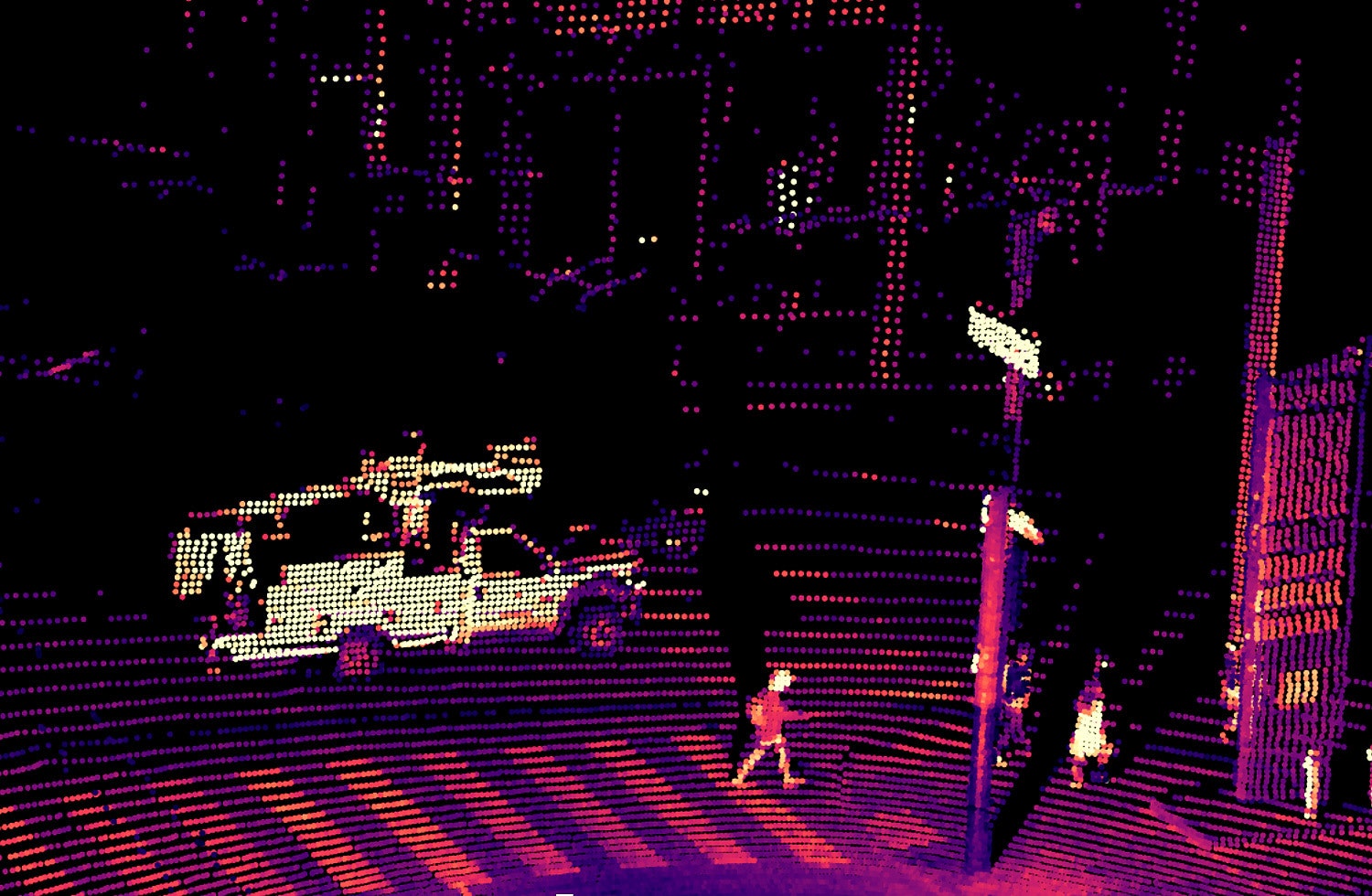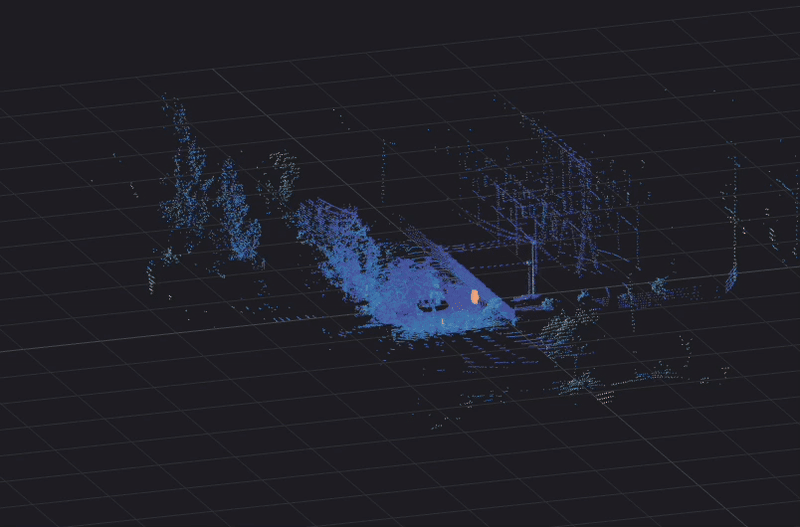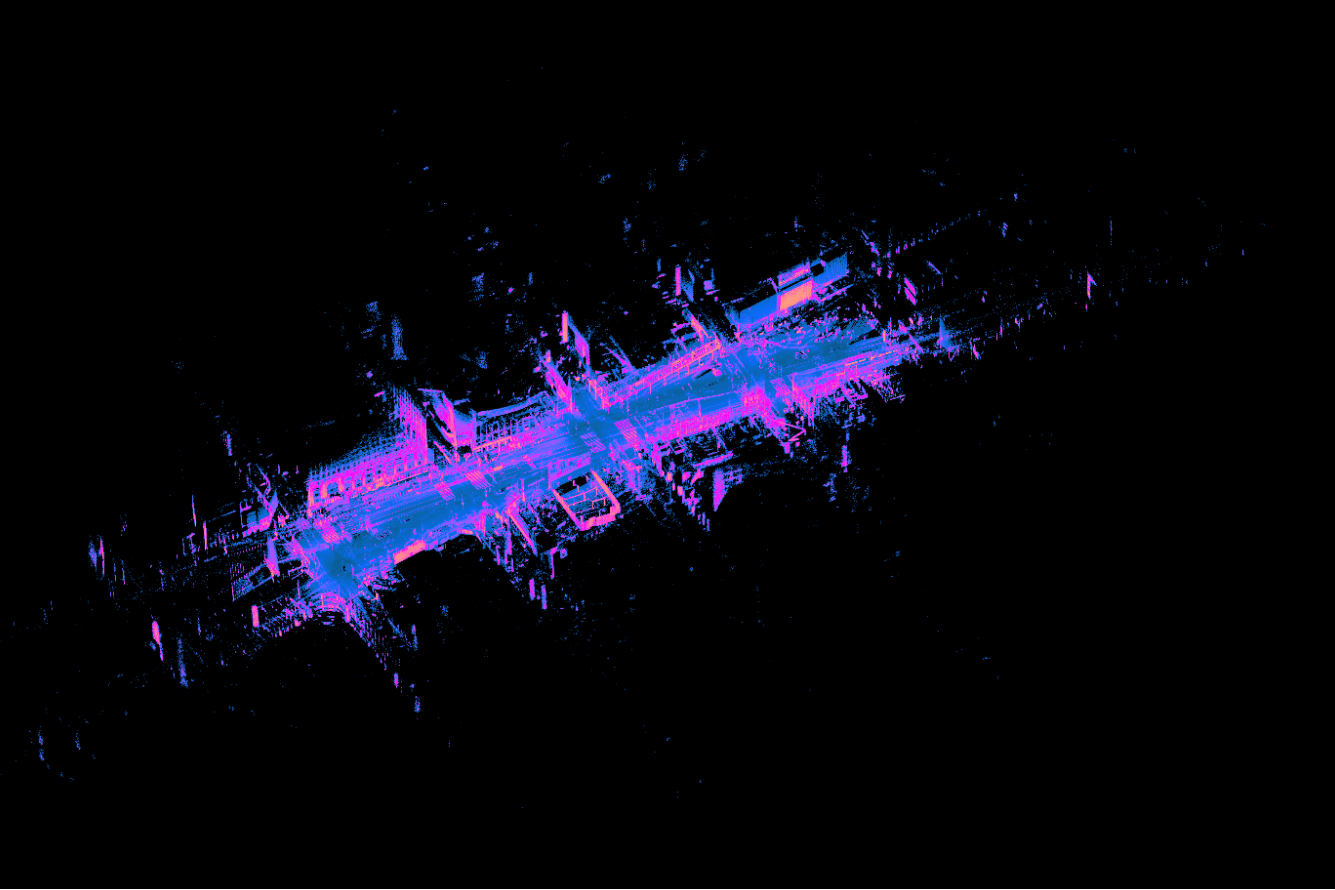Cities and federal agencies must constantly balance the need for road safety and traffic efficiency. The two are deeply intertwined – reducing congestion decreases traffic accidents and reducing traffic accidents decreases congestion.
Global initiatives like the United Nations Road Safety Collaboration and Vision Zero bring these issues to the forefront of our attention, but the statistics show that safety simply isn’t improving. Over 1.3 million lives worldwide continue to be lost each year due to preventable traffic accidents, with over half of those among vulnerable road users.

Investing in connected infrastructure yields positive returns
Real-world case studies have shown that incremental improvements driven by connected technology tend to yield the highest positive returns in safety and efficiency. For example, Colorado’s Snowmass Canyon saw a 100% reduction in winter weather-related accidents after implementing an automated speed warning system. In California, deploying a coordinated traffic signal control system across a 6-mile Connected Corridor reduced congestion, resulting in a 8% reduction of fuel emissions.
The success of these connected technologies relies on the underlying detection systems that collect and make use of data. The quality of data, unfortunately, is where existing systems often fall short today.
Traditional detection systems (radar, cameras, loops) often do not provide the granularity and accuracy of data needed for effective transportation management. For example, cameras’ lack of depth perception makes it challenging to extract the exact position and distance of objects, two pieces of critical information to understand scenarios like near-miss incidents. Cameras also rely on ambient light for detection, leading to inaccurate perception under no-low light conditions, glare from sun or headlights, and even shadows.
Unreliable data is often the limiting factor for effective ITS applications and more importantly, can lead to detection failures that have fatal consequences.

Lidar provides more accurate, useful, and comprehensive data
With lidar, cities get a detection system that provides more accurate and reliable data, minimizes long-term operations and maintenance costs, and accommodates all road users and all forms of transportation.
Lidar was initially developed to provide enhanced 3D vision to autonomous vehicles, delivering a level of spatial awareness and detection that is far more accurate than the human eye or other technologies alone.
When used in cities, lidar augments cameras and radar to solve the previously intractable perception problems described in the section above. Ouster lidar sensors’ combination of resolution and range enable them to detect and identify vehicles, pedestrians, and bicycles, as well as specific scenarios such as stop bar detection, advanced vehicle detection, and pedestrian curb presence. All this is possible with a single sensor.

An all-in-one solution for multiple traffic and ITS applications
With road safety and efficiency in mind, we developed Ouster’s lidar solution that combines our digital lidar sensors with a software layer that detects vehicles, pedestrians, and bicyclists in real-time. When data is communicated to other traffic devices, the solution enables advanced ITS applications such as dynamic signal control, emergency vehicle preemption, and automated speed enforcement to serve as the foundation for safer, more efficient mobility.

Ouster lidar sensors deliver the capabilities of multiple traditional detection methods in a single sensor. A single lidar solution can accurately detect and identify vehicles, pedestrians, and bicycles, as well as specific scenarios such as stop bar detection, a wrong-way vehicle, and a pedestrian waiting at the curb.
This is a huge departure from traditional detection systems. Today, many sensors and many types of sensors are needed to outfit a single intersection. Supporting multiple traffic applications becomes complex and expensive: one sensor per lane for stop bar detection, one sensor for pedestrian detection, one sensor for bicycle detection, and the list goes on. With Ouster lidar, you only need 1-2 sensors per intersection for full coverage and to achieve multiple applications. Less sensors saves you time and costs associated with long-term operations and maintenance, freeing up resources for other initiatives.
To learn more about the capabilities of this solution, check out our ITS Solution Overview.
Transforming city and traffic infrastructure globally
Over the past months, we have partnered with local and state agencies to create immediate impact with Ouster’s solution – from progressing towards Vision Zero in Chattanooga, to providing automated speed enforcement in Northern France, to providing traffic data used to develop for V2X applications with global universities.

We’re excited by the potential our high performance and operationally efficient solution can have in transforming infrastructure around the world. With more accurate, comprehensive, and useful data, customers are making quantifiable progress towards safety and efficiency goals while accelerating data-driven infrastructure planning.
After all, you can’t improve what you don’t measure.
Interested in learning more? Check out some additional resources:
- Webinar: “Ouster for ITS” for an overview of the applications we serve and how Ouster lidar compares to other traffic detection technologies
- ITS Solution Overview to learn about our integrated solution for cities, intersections, and highways
- Connect with us to learn more and discuss your projects



